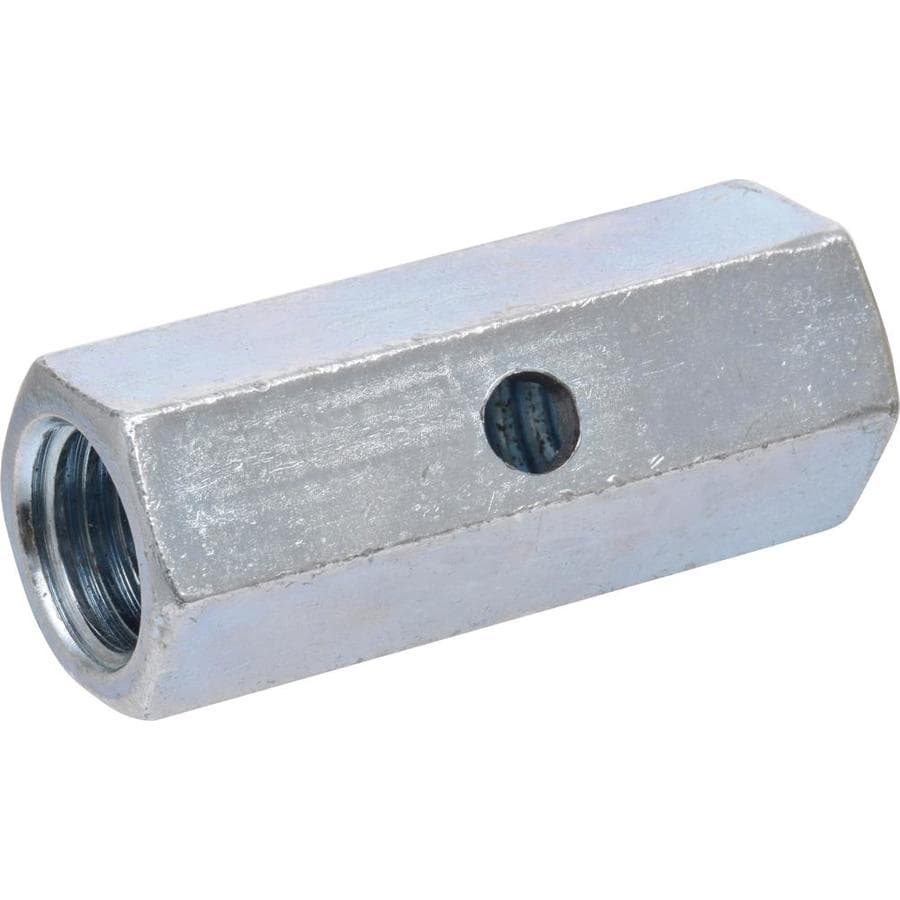OH Chris:
No Actually I corrected about the absurd EXCESS mass that was being added by the
Way you were rolling those MMX motor mounts. Making tubes or mounts yourself was never the problem.
But back to your issues here.
Apparently you have not looked around very well for your materials.
What workshop? All that's needed is an Electric Drill, Drill bit, Tap and tap handle. Currently Drill tap & die sets run 8.99 to 14.99 @ HarborFreight #96570 or #39384. A small vise or clamp would help but not absolutely necessary. Time? all of 5 to 8 minutes for the entire operation. Guess I should have looked to see who was offering this "adaptor" as I didn't mean to bruse anyone's delicate ego.
BULK BUY? REALLY! LOL!!!! ARE YOU KIDDING! Zinc Plated Steel 1/4-20 Rod couplings are available individually or in 2-Packs at just about ANY hardware, Home improvement or industral supply store for next to nothing. Currently one can purchase 1/4-20 Steel Rod couplings from Lowes in 2pks #142056 Expensive at 2.73/pk or from McMaster-Carr #90264A-435 Qty 1-9 for .23each, or 18-8 Stainless Steel #90268A325 Qty 1-9 for .76 each. Ditto for thumb screws in various materials including NYLON which would be a better choice as Nylon has a higher friction coefficent then steel for rod retension.
While it is true one needs a tap handle,Tap and drill bit sized for whatever thumbscrew your using. Tapping the flat side of a hex coupling is easy enough for a 10yr old to do... I know cause my Daughter did it often on many custom launch equipment projects. Down to 2-56 size machine screws. A little WD-40 or better spray cutting oil makes the job a snap.
My offering for the Do-It-yourself folks was simply because this is such an Quick and Easy addition to just about any type Tri-pod it's something most anyone can make for themselves for under 2 bucks.
STILL: IT IS A NICE for purchase PRODUCT! Whatever your charging i'm sure is OK. Thanks for taking the time to offer these coupling to those who don't make their own launch equipment.















